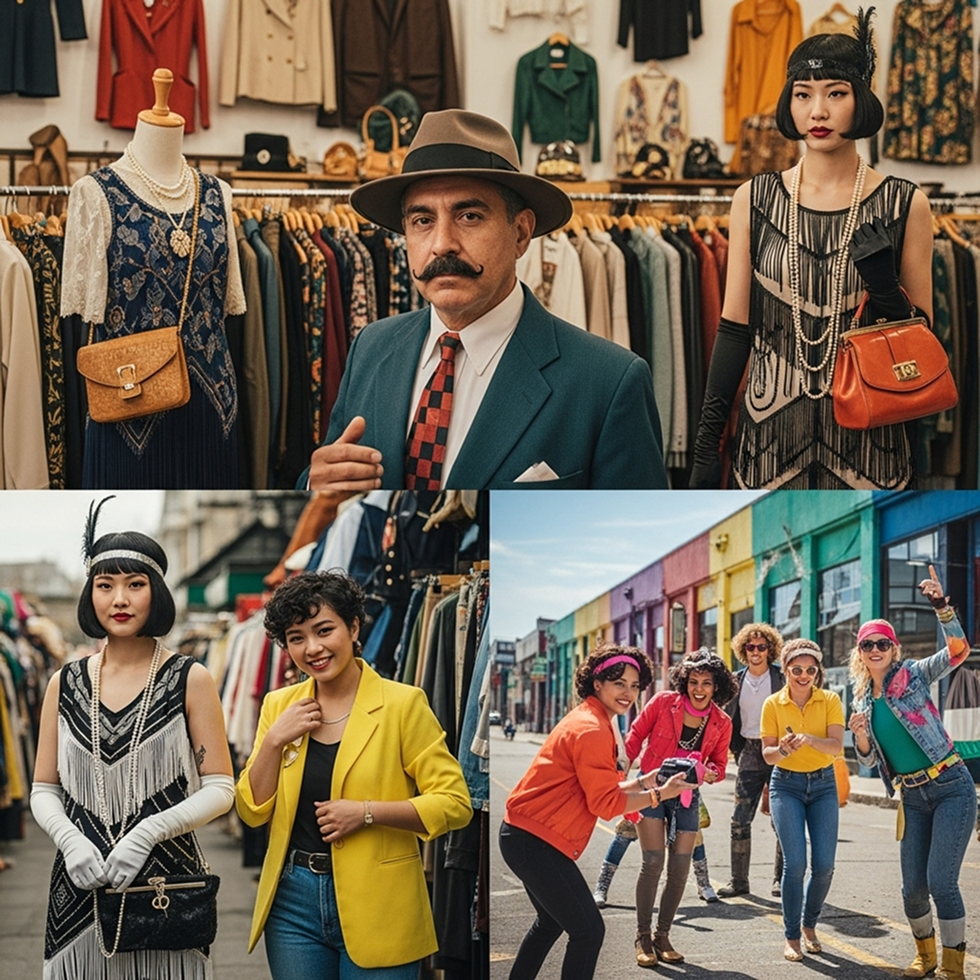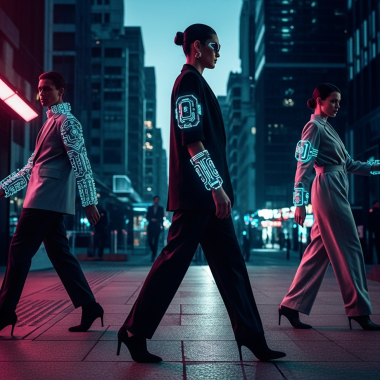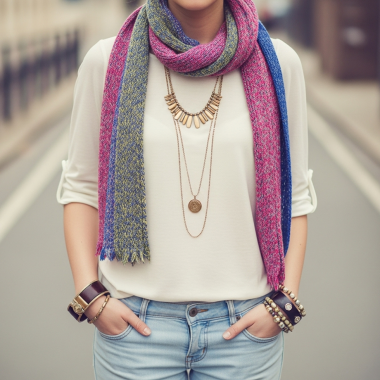In an era dominated by fast fashion and fleeting trends, there’s a quiet revolution gaining momentum: the resurgence of vintage fashion. More than just a niche interest, buying and wearing vintage clothing has become a celebrated act of sustainability, individuality, and historical appreciation. It’s a journey back in time, where each garment tells a story, carrying with it the echoes of past eras and the promise of a unique future. This growing appeal transcends mere nostalgia; it speaks to a deeper desire for quality, character, and a break from the monotonous churn of mass production.
One of the most compelling reasons for the love affair with vintage is its inherent sustainability. In a world grappling with the environmental impact of textile waste and overconsumption, choosing vintage is a powerful act of conscious consumption. By giving pre-loved garments a second life, we reduce the demand for new production, thereby lessening the environmental footprint associated with manufacturing, dyeing, and transporting new clothes. It’s a tangible step towards a more circular economy, where resources are reused and extended, rather than being discarded after a single use. Each vintage purchase is a small victory against the throwaway culture, making a statement that style doesn’t have to come at the planet’s expense.
Beyond its ecological benefits, vintage fashion offers unparalleled originality and individuality. In a world where identical outfits are often seen on every street corner, wearing vintage ensures you stand out. These pieces were often produced in smaller quantities, using techniques and fabrics that are no longer common. This rarity means that each vintage find is truly unique, allowing the wearer to cultivate a distinct personal style that cannot be replicated by simply following current trends. It’s an opportunity to create a wardrobe that reflects a rich tapestry of historical influences, blending different decades and aesthetics to forge a look that is truly one-of-a-kind.
The quality and craftsmanship of older garments are another significant draw. Before the advent of mass industrial production, clothing was often made with greater attention to detail, using more durable fabrics and meticulous construction techniques. Zippers were sturdier, seams were stronger, and materials like pure wool, silk, and robust cotton were commonplace. Many vintage pieces have stood the test of time, proving their longevity and enduring appeal. Investing in vintage often means investing in garments that were built to last, offering a counterpoint to the often flimsy and disposable nature of modern fast fashion.
Furthermore, vintage fashion provides a tangible connection to history and culture. Each garment carries a narrative, a whisper of the lives it once adorned and the era it witnessed. A dress from the 1950s might evoke images of post-war optimism and suburban ideals, while a piece from the 1970s could speak of counter-culture movements and expressive freedom. Wearing vintage is like wearing a piece of art or an artifact, allowing us to interact with the past in a very personal way. It’s an educational experience, prompting curiosity about historical trends, social norms, and the evolution of design.
Of course, embracing vintage fashion requires a discerning eye and a willingness to explore. It involves searching through thrift stores, flea markets, online platforms, and specialized boutiques to unearth hidden gems. It might require some minor repairs or alterations to fit perfectly. However, the thrill of the hunt and the satisfaction of finding a truly special piece are part of the allure.
In conclusion, the allure of vintage fashion is multifaceted. It’s a conscious choice for sustainability, a vibrant expression of individuality, an appreciation for enduring quality, and a fascinating journey through sartorial history. As the fashion industry continues to evolve, the timeless charm and inherent value of vintage clothing ensure its place as a cherished and increasingly relevant aspect of contemporary style.



